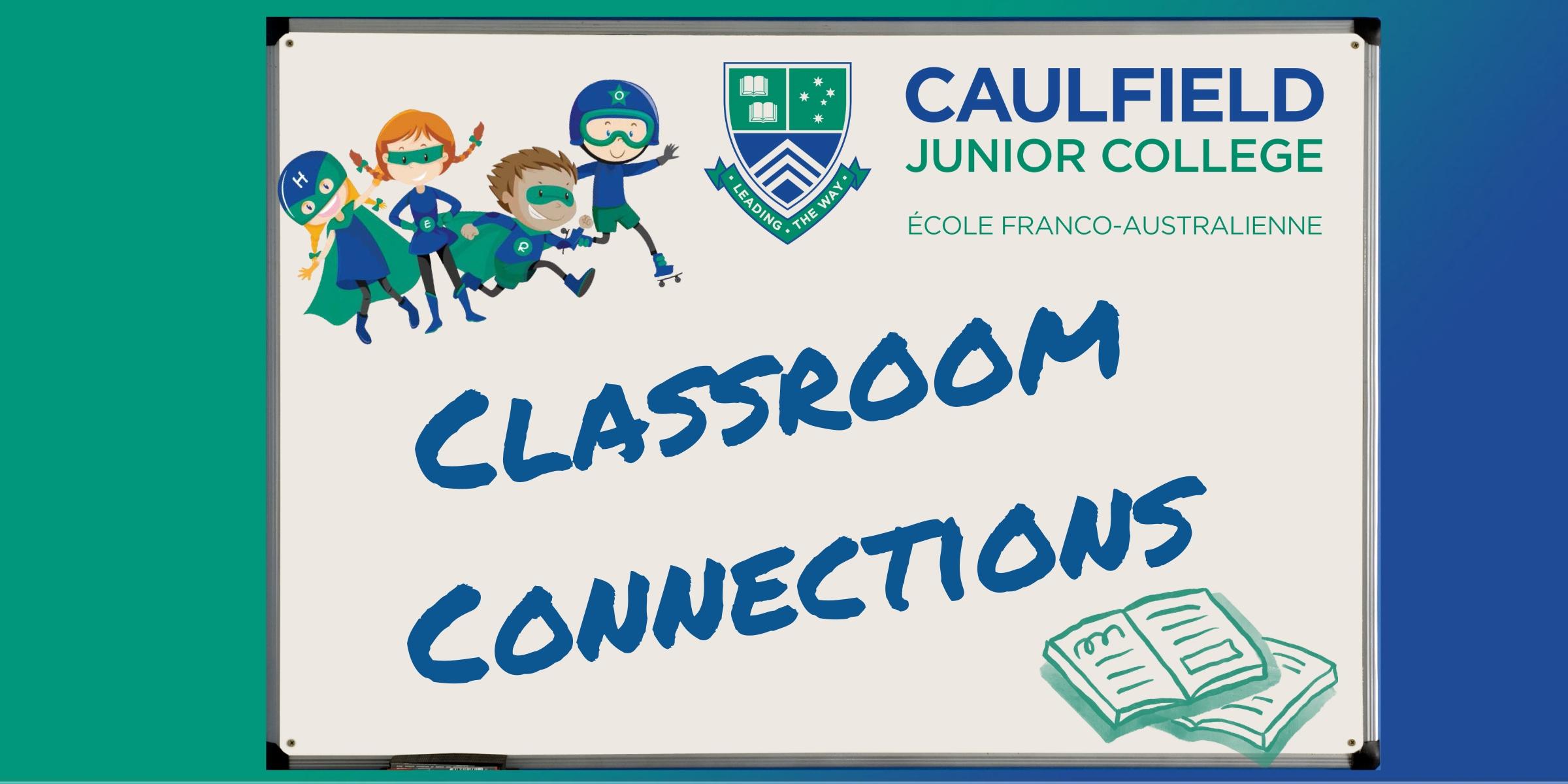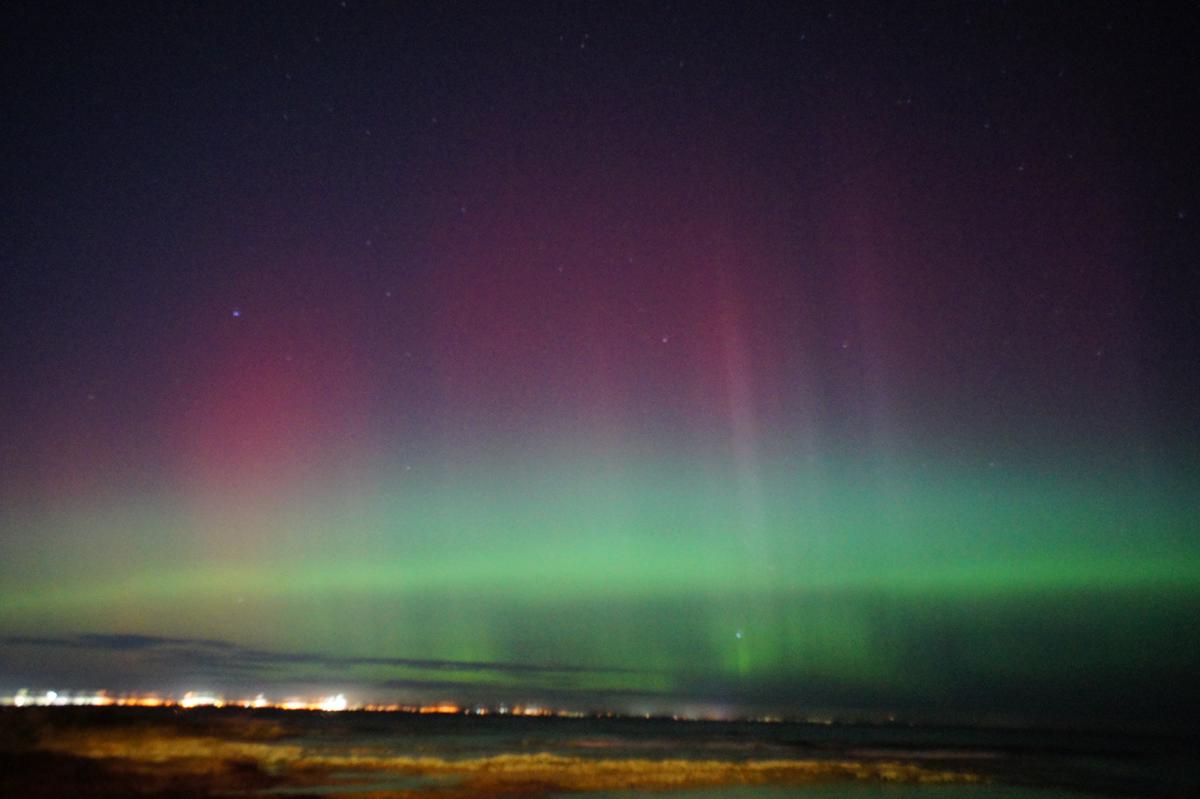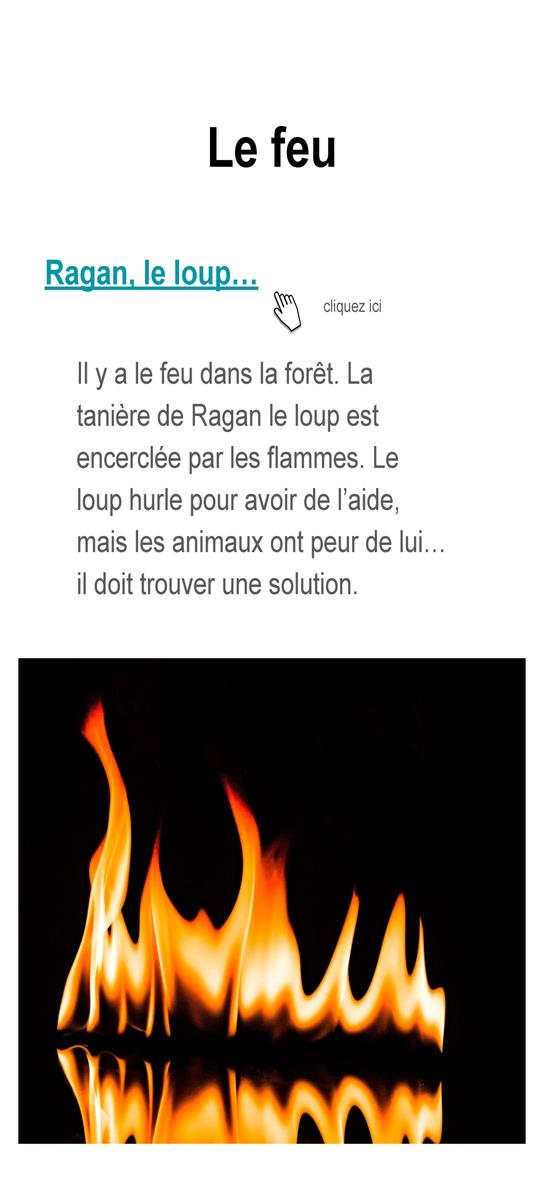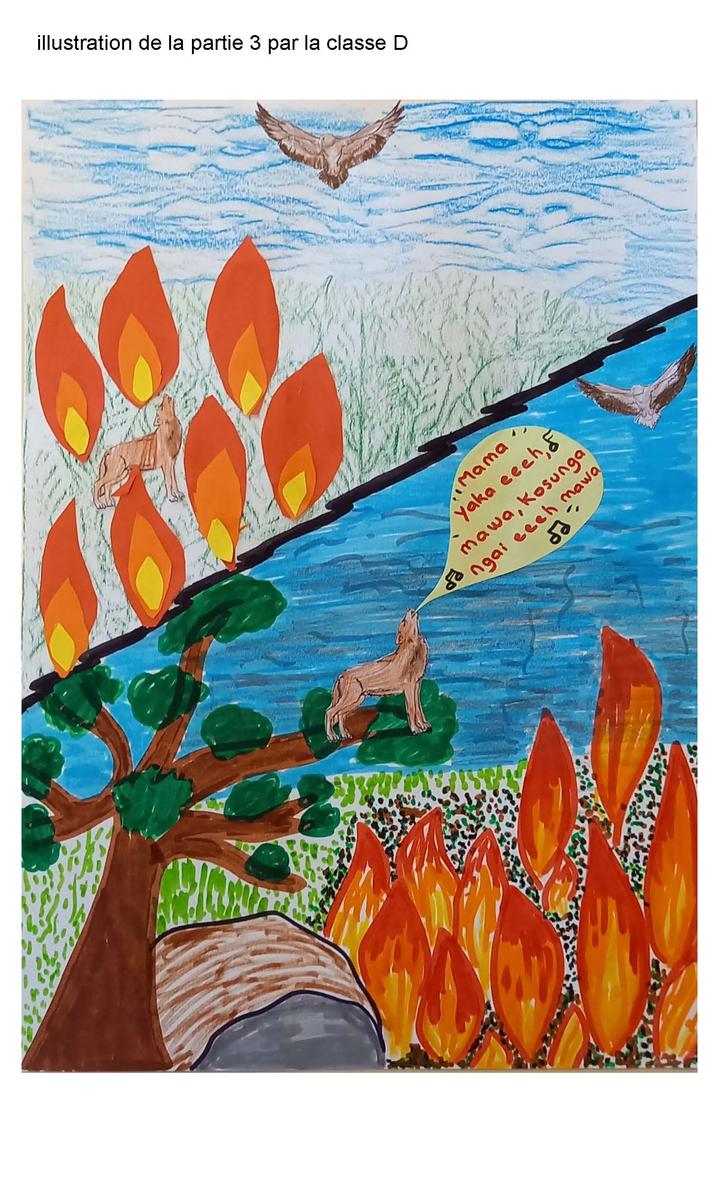Classroom Connections

Science News
Aurora Australis seen in Melbourne
Last Thursday and Friday, there was a huge amount of solar activity, causing the biggest geomagnetic storm in over twenty years. This energy reached Earth’s atmosphere on Saturday, causing intense aurorae (plural of aurora) in both the northern and southern hemispheres. As parts of Australia are in the auroral zone (particularly Tasmania and southern Victoria), the news of this phenomenon was shared widely in the mainstream media, leading thousands of people to flock to beaches to witness the amazing event. Unobstructed views to the south are best for observing aurorae, so beaches along Port Phillip Bay were packed with people excited to see the lights. Many people took photographs to have a souvenir of the event.
Did you see the aurora australis last Saturday night?
Where were you when you saw it?
Did you take photos or videos of it?
Here are some photos taken by Mme Wilson from Parkdale beach and Ricketts Point.
What is an aurora?
From: https://kids.britannica.com/
An aurora is a natural display of coloured light in the night sky that occurs primarily in high latitudes of both hemispheres. Aurorae in the Northern Hemisphere are called the northern lights, or aurora borealis. In the Southern Hemisphere aurorae are called the southern lights, or aurora australis. Auroras are named for the Roman goddess of the dawn.
Aurorae are caused when electrically charged particles (electrons and protons) from the solar wind collide with atoms of atmospheric gases. These interactions take place mainly at high latitudes in oval-shaped zones centred around Earth’s magnetic poles. Aurorae may occur anywhere between 80 to 250 kilometres above Earth’s surface.
Aurorae get their energy from charged particles driven by the solar wind from the sun toward Earth, where most are deflected by Earth’s magnetic field. However, some of the solar particles enter Earth’s atmosphere, where they collide with oxygen and nitrogen atoms, knocking away electrons to leave oxygen and nitrogen ions in excited states. These ions emit radiation at various wavelengths, creating the colours of the aurora. Collisions with oxygen produce either green or red colours, while nitrogen collisions generally produce blue and purplish colours.
Colours of the aurora explanation from https://www.rmets.org/metmatters/northern-lightsIn Digital Technologies this week
5/6 Digital Technologies
The Grade 5/6 students have explored the topic of digital citizenship and what it means to look after our digital wellbeing. Students presented their learning in a 3D, virtual gallery on CoSpaces where they were able to code characters and scenarios to make the experience more interactive. Students were then able to experience their own designs through augmented reality (AR). The detail and creativity demonstrated is so impressive.
Look what some students accomplished!
Miss Spencer
Layla and Elodie’s Gallery
Tal’s Citizenship Hall:
Philippa and Eloise’s Citizenship Hall:
Leonie and Eva's Digital Wellbeing Gallery Walk
Veronica, Paola and Yeela's Digital Wellbeing Hall:
Lou, Raphaelle and Sophie Gill's Gallery Walk:
Mia and Elea’s Citizenship Hall:
From the Prep corner
Prep C and Prep D have participated in the Materlivres Project throughout Terms 1 and 2. The project brings together French schools from countries around the world with the common goal of writing a story. Here is the story our Preps have participated in. They did a great job with the story writing and the illustrations, and they really enjoyed creating the story of Ragan the wolf! Well done Prep C and D !
Les Prep C et D ont participé au projet Materlivres depuis le premier trimestre. Ce projet réunit des écoles françaises du monde entire dans le but d'écrire une histoire ensemble. Voici l'histoire à laquelle nos Preps ont participé. Ils ont beaucoup aimé participer à la création de l'histoire de Ragan le loup ainsi qu'aux aux illustrations. Bravo pour ce superbe travail Prep C et D !
Some photos from last week's Prep performance at assembly!


















































